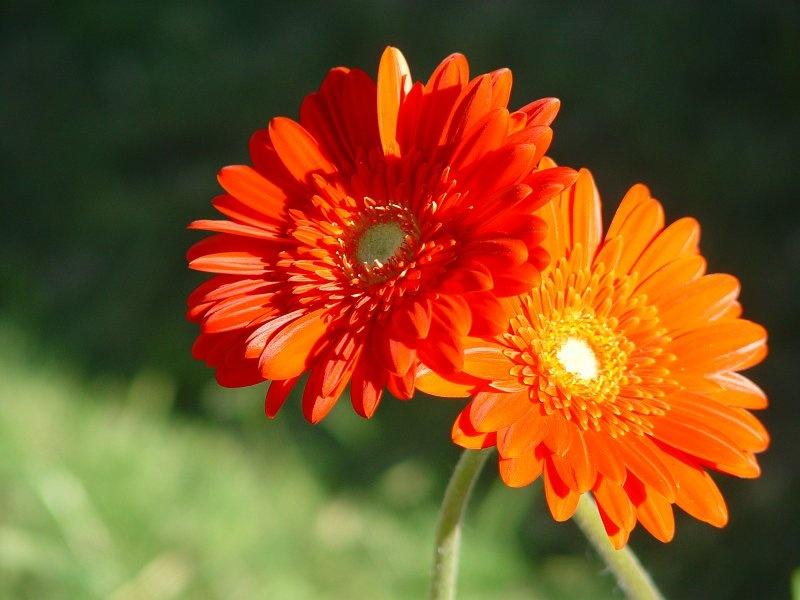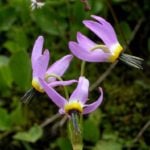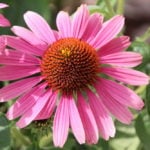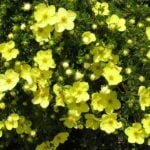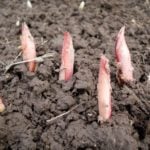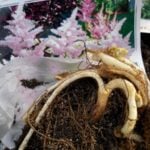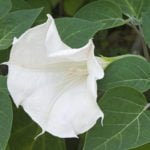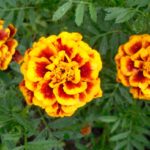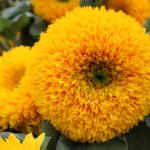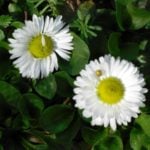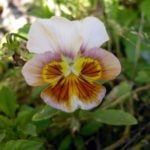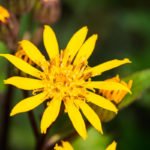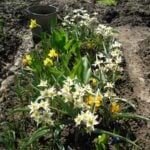Gerbera is a magnificent flower with petals of a variety of colors from white and cream to rich dark cherry. According to legend, one forest nymph Emblem was so beautiful that she was tired of the admiration of others, and she wanted to turn into a modest flower. Gerbera was first seen on the coast of South Africa by the Dutch in the early eighteenth century. The flower got its name in honor of the German herbalist Traugott Gerber.
Gerbera is a beautiful perennial flower that is simple and double-flowered. It blooms for quite a long time. Gerbera is pleasant because it is mostly easy to maintain, it is not afraid of drafts, it can be taken out on the balcony or loggia, and in the summer it can be planted in the garden. Simple gerberas are very similar to matrix ones, and terry ones can be confused with Aster ones.
The birthplace of gerbera is Africa, it loves the heat very much. It can be planted in the garden as an annual or taken out of the room in the summer to the open air, leaving it in a pot.
Garden gerbera loves fertile soil, moderate watering and grows well in bright areas. But direct sunlight is very undesirable.
Varieties of Gerberas
On sale there are decorative gerberas, these are hybrids derived from two varieties of Gerbera Jamesonii and Gerbera viridifolia. A dwarf species of gerbera Jamesonii is grown as a houseplant. Sold in stores in the section in bouquets.

How to grow and care for potted gerberas daisies in pots
Since gerbera is light and can tolerate a small amount of direct sunlight, it is better to place its pots on the Western and eastern windows, and on the southern ones to be protected from direct sunlight at noon. In spring and summer, the best temperature for it is up to 22-24°C (71.6-75.2°F). When the gerbera begins to bloom and during the entire flowering period, temperature differences between day and night are undesirable for it. At the end of flowering, the temperature is gradually lowered. Closer to winter, it should be about 14°C (57.2°F), and in winter it should be 12°C (53.6°F).
Watering
While the flower is growing and developing, you need to water it moderately with soft water at room temperature. During watering, it is necessary to ensure that water does not get into the outlet of the leaves. Avoid waterlogging to prevent fungal diseases. During the dormant period, reduce watering, but avoid prolonged drying of the soil in the pot. And one more nuance – the pot should be placed on a tray filled with wet expanded clay, pebbles or moss. The roots of the flower should not touch the water in the pan-otherwise the flower will die due to rotting roots. In addition, Gerber does not like splashing, but water can be sprayed all over the pot. Feed it during the entire development period every two weeks with a special complex fertilizer for flowering plants
Boarding and transfer
Once a year, the domestic gerbera requires an annual transplant into a large container, at the bottom of which a good drainage is necessarily put. The soil should be light and nutritious. If you are buying land, take the soil for roses – it fits best. You can prepare the mixture yourself from equal parts of peat soil, leaves, and sand. It would be nice to add a small amount of pine bark. By planting the gerbera in a pot, so as not to keep the earth in the rosette of the leaves.
Growing
Gerbera is propagated by seeds or by dividing the bush. During the division of the bush, young seedlings completely retain the characteristics of the mother plant. But if propagated by seeds, this may not happen. Gerbera can be divided in the spring. The bush should be 3-4 years old. Young seedlings are cared for in the same way as adult gerbera. Flowers on the new plants will appear next year.
Seeds are also sown in the soil in the spring. After the appearance of two or three leaves on the shoots, it is necessary to thin out. When the 5th leaf appears, you can plant seedlings in separate pots. The first dressing should be done in a month.
With gerbera, you need to have time to remove the withered flowers, completely breaking them out of the nest. Then they will not rot and will not slow down the growth of new flowers.

You should remember that even if you are considering buying potted gerbera with close attention and proper care, it usually still dies. This is due to the fact that greenhouse manufacturers spray with growth stimulants, without them the plants simply will not survive. Therefore, buy gerberas in the markets of enthusiasts or sellers who have already won your trust.
Diseases and pests of gerbera
With excessive watering, high humidity, poor ventilation, the flower can get sick with mold or begin to rot. The first signals that something is wrong with the flower will give the leaves-they will start to turn yellow or spot. You will need to take all measures to eliminate the above reasons.
Powdery mildew, which appears in the form of white fluffy spots, you can try to wipe off the leaves with your hands. If it appears on the dying leaves, just remove them. If the spots are present on healthy leaves, then you need to spray them with a special tool.
Other harm to gerbera can be caused by aphids, diaspidids, whiteflies and acari. With all these diseases, control measures are quite standard: disinfection of the soil, inspection of the plant when buying, compliance with the rules of care, timely removal of the affected parts of the plant, treatment with drugs. Do not get carried away with nitrogen fertilizers, change the temperature sharply, water the gerberas with cold water – all this leads to powdery mildew.
The problems of growing
Due to the lack of light, the leaves lose their brightness and stretch out. But similar symptoms can also occur when plants that have just entered your garden from the store adapt to new environmental conditions. The brightness of the foliage is also lost due to an excess of light. The causes of yellowing, drying and wilting of gerbera are a lack or excess of moisture, as well as a fungal disease. The flower needs a period of rest during the winter. If this does not happen, it will stop blooming. The duration of flowering depends on the photoperiod. Usually, until August, the gerbera increases the green mass, and then begins to bloom.
